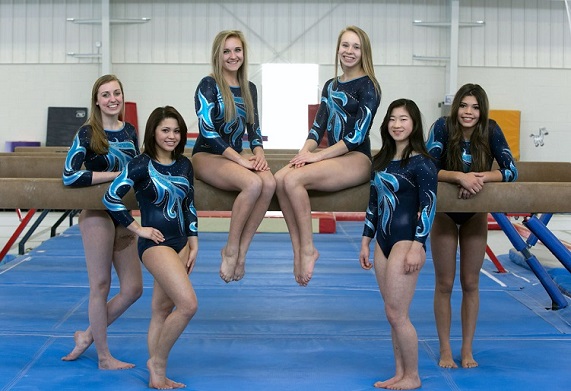Gymnasticswear Basics: Your Ultimate Leotards Shopping Guide
eotards are an essential part of any gymnasticwear. They are designed to fit like a second skin, which means they are extremely comfortable for practicing. With a wide variety of colors and fabrics available on the market, it’s easy to get carried away while shopping. However, the most important things to consider when buying are the fit, brand, shape, cut, fabric, sleeves, the gymnast’s measurements, whether you’re looking for a training or a competition leo, as well as your gymnast’s personal preference. Here are some helpful tips to help you make sure you buy the best gymnasticwear for your money.
Right fit
A leotard that’s too small or feels uncomfortable will negatively affect your performance. And if it’s too big, it can easily catch on some piece of equipment or bunch around the waist distracting you from doing your best. When looking for gymnasticwear that’s just the perfect fit, you should also consider whether you need it for training or competition as these two differ when it comes to the fit.
Competition – A leotard meant for competition needs to be a snug fit so the coaches and judges can clearly see the movement precision and muscle definition. The butt area should fit perfectly and the sleeves should not be too long. Although this leotard should fit you like a glove it still shouldn’t make you feel restricted as this can interfere with your movements or cause an embarrassing wardrobe malfunction.
Training – If you need a leotard for training then you can afford to buy one with a little room. The piece should still fit the torso and shoulders perfectly but it can have a little room near the buttocks.
Speaking of training and competition leotards, they also differ in style. For example, training models come in a variety of colours and patterns and they also have different sleeve styles. On the other hand, competition leotards are made of solid colours and are extremely glitzy.
Sleeve Types
If you are not sure which type is the best option to choose, here are a few things you should know.
Sleeveless leotards allow sweat to escape, but they will not keep you warm in cold weather and usually is not the most recommended option for competitions.
Three-quarter sleeve leotards are a better option than sleeveless ones because they will keep you warm on cold days, offer benefits of both short and long sleeve and can be worn during competitions.
Long sleeve leotards will keep you warm but some people find them a bit uncomfortable when compared to other types.
The Right Size
When buying a leotard, it is important to choose the right size. In case you decide to look for gymnasticwear online, make sure you have the following measurements: chest, waist, hip, inseam, and girth. According to leotard manufacturers and most gymnastic coaches, the girth is the most important measurement you need to pay attention to when choosing the size.
Material choices
Leotards are available in many different materials. Which one you will choose mainly depends on your preferences.
- Metalic – What makes these leotards a popular choice is their flashiness. However, they are not the most comfortable choice, especially for gymnasts with wider shoulders as wearing a metallic leotard will be very uncomfortable in the area of their shoulders. Buying a bigger size will not fix the problem.
- Lycra – This is another popular material which is extremely stretchy. Lycra is the preferred choice for gymnasts that don’t like tight, scratchy materials or have sensory problems. A downside of these leotards is that they are not the best choice for competitions because they are not able to hold up appliques, rhinestones, foils, and other decorations.
- Nylon/Spandex – This material is something between lycra and metallic material. These leotards don’t have a lot of decorations, but they are available in many different colours and designs.
- Velvet or Velour – Maybe they are not as popular as they were in the 80s and 90s, but velvet and velour are still a common choice for leotards. These material are extremely forgiving and hold up pretty well and that’s one of the reasons why ballerinas love them. The downside of velour and velvet, however, is that they can make you hot and sweaty.
Once you choose the perfect leotard for you, the next thing is to maintain it in good condition. Although many people will say that the best way to keep your gymnasticwear clean is to hand wash your clothes and air dry them, that is not the only option. You can practice this for competition leotards due to their decorations but it is not necessary for velvet, nylon/spandex, and lycra material leotards. You can wash them together in cold water and then tumble dry them on a low temperature as well.






